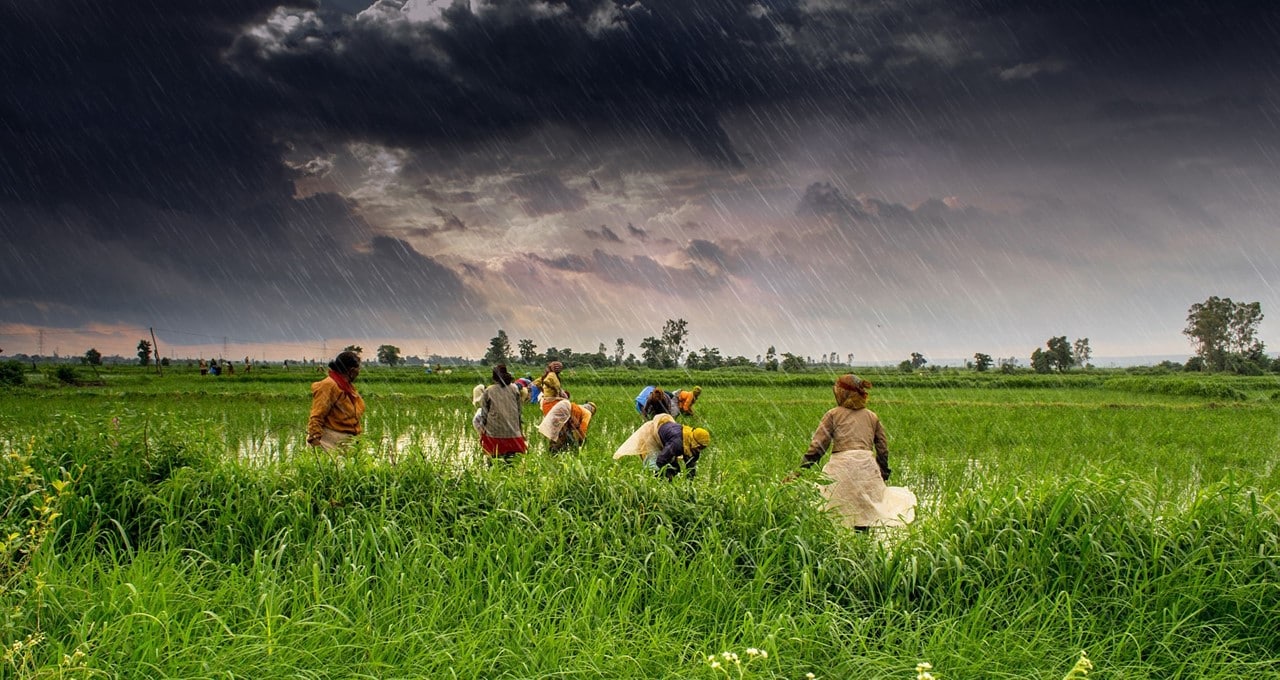India is still recovering from one of the worst monsoons in decades. But work from IBM on global weather forecasts could make evacuations a quicker call next time.
This past monsoon season at its peak — from August to September — dumped the largest rainfall on record in India since 1983.
Monitoring weather events just got easier. Running on an IBM POWER9 supercomputer flexing NVIDIA V100 Tensor Core GPUs, IBM’s Global High-Resolution Atmospheric Forecasting model can now deliver hourly updates — for every two miles — to 40 percent of the world.
What that means is most of the world’s populated areas, as well as oceanic hotspots for weather systems, will get forecasts that are more frequent and more accurate geographically.
The U.S., Europe and Japan have long enjoyed precision hourly weather forecasts over every two miles. But weather updates for regions outside these areas have come every six hours — often too late — and over every six miles, which can be hit or miss.
IBM’s GRAF system is a better crystal ball. It makes it easier to know if a torrential downpour is nearby on an hourly basis, which could come in handy if it’s time to get to higher ground.
The Weather Company, a unit of IBM, collaborated with the National Center for Atmospheric Research to build the new modeling system. It’s based on NCAR’s next-generation open-source global model, the Model for Prediction Across Scales, which can forecast the atmosphere down to a thunderstorm level on a global scale.
The Weather Channel, Weather Underground and other weather destinations and mobile apps now make this capability available to consumers and businesses worldwide.
Nuanced Near-Term Visibility
When heavy rainfall is expected, including monsoon-driven storms, GRAF has the potential to provide detailed, potentially more accurate weather forecasts for how much rain is expected in the next 15 hours, said Todd Hutchinson, director for numerical weather prediction at The Weather Company.
“This can lead to additional information that could be passed on to authorities and consumers, helping individuals better prepare for flooding that may occur during the upcoming day or night or both,” Hutchinson said.
Weather forecasts updated hourly and down to the nearest couple miles could save lives and businesses during the monsoon season in India, throughout southern and southeastern Asia as well as regions of Africa.
GPUs Gobble Atmospheric Gigabytes
Weather models are data-heavy. In addition to weather radar systems, data streams in from satellites, aircraft, weather balloons, barometers and thermometers on the ground.
To complicate matters, weather models are run in 3D for the entire atmosphere above points on the Earth. That’s about 1.5 billion points monitored in split seconds by the IBM GRAF system.
Those 1.5 billion data points are monitored for changes in things like atmospheric pressure and temperature every half second — that’s 54 gigabytes, or 54 billion bytes, of information processed every half second.
Gobbling gigabytes, the IBM POWER9 supercomputer sports 296 NVIDIA V100 GPUs to chew through so much atmospheric data. It would have taken about 2,000 CPUs — based on Intel’s Broadwell microarchitecture — to handle the task, according to Hutchinson.
It’s a huge footprint and energy-savings difference. The system can now use a single row of rack servers running GPUs to crunch this data versus eight rows running CPUs (and gorging on power).
Basking: Businesses and Consumers
The Weather Company and IBM work will produce forecasts for 26 million locations across the world.
Consumers, airlines, farmers and other businesses across much of the world stand to benefit from these new forecasts, Hutchinson said. Rural farmers from India to Kenya could better track thunderstorms that affect staffing for planting or harvesting crops.
Hourly updates will allow airlines to have better visibility on weather systems and delays where the IBM GRAF system becomes available. That should come as a relief to travelers.
There’s another beneficiary, he said, of this more high-frequency data: energy markets traders. Clients of these forecasts will have a data edge for their investments.
Along with better monsoon tracking, Indian consumers and others can expect improved forecasts in general to help know when to grab an umbrella to avoid getting soaked.
“People in India are looking forward to a forecast for consumers that can be much more reliable — it’s a much more precise forecast,” Hutchinson said.
Image credit: Rajarshi Mitra, issued under Creative Commons 2.0
